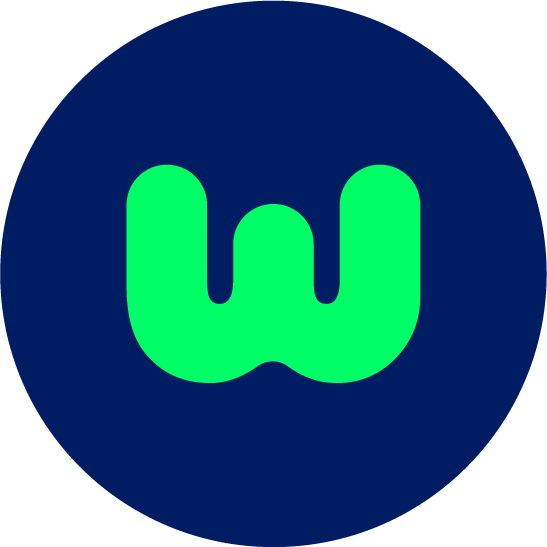Brief
The brief is important to ensure that all issues are well-considered and questioned. I seek for the following starting points before I agree to any work:
- Scope of project/Expectations – a brief summary of the client’s needs will help the design process. Knowing exactly what the deliverables are makes either sides work easier.
- Goals – what does the client want to improve in their business? Do they want to gain more exposure in the market? To increase the sales? To have a better user experience on the website? Clarifying the goals are key to the success and must be outlined at the very beginning of the projects.
- Target Audience – who do we like to reach out? What’s the age range, gender, lifestyle, etc.
In a nutshell, we need to agree on what we will be working for and what are the pain points for the client. They all need to be clarified either by doing brainstorming or writing down as many words that they want to reflect. The more I know the better I understand the needs of a project which will lead me to the research phase.
Research
My research starts once I receive all the information. I visit some design platforms such as Dribbble, Behance, UiJar, etc. and get inspired on a daily basis. I do this more in depth in a stage of research. I add best examples which is related what I am working on to my design buckets. I also make kind of a visual SWOT analysis. Seeing the weaknesses of a similar project sometimes gives you a clear vision of what to not to do!
While doing my research, I create a style sheet (some say moodboard) which is very useful to match every bit of the visual assets like font, patterns, colour palettes, icons… A style sheet is always helpful to provide a visual consistency for the project.
Stylesheets help the clients who are not very good at expressing their feelings when it comes to design. This one helped us to communicate and understand each other better with the client.
Strategy
This part is where I produce ideas, sketches and prototypes. Simply, the ideas embodies on my sketches, the sketches turn into prototypes. And the prototypes become the visual components of the projects. I try to meet the business goals with the user needs. Hence, these steps are essential in strategy stage.
I am always aware that I need to define a unique personality for the project I am working on. Visual assets help me to create prototypes which will make my job more effectively. Trials and errors welcome in this period. Observing, identifying, getting feedbacks are essential to accomplish a successful project.
Refine
Unlike any other product or service, refinement is a part of the whole process. The refinement stage takes all of the findings from the prototyping and testing stage and assess which are important or critical to the success of the product/service. This is probably the most important moment where we can find an unexpected error/bug. So I need to make sure everything working properly and meet clients the expectations.
Launch
I review all deliverables (including design files, fonts, images and icons) and make sure that if they are ready to be sent in a proper order. I also use some tools such as Zeplin, Dropbox and Slack to continue my support since the real work has just begun in some projects.

